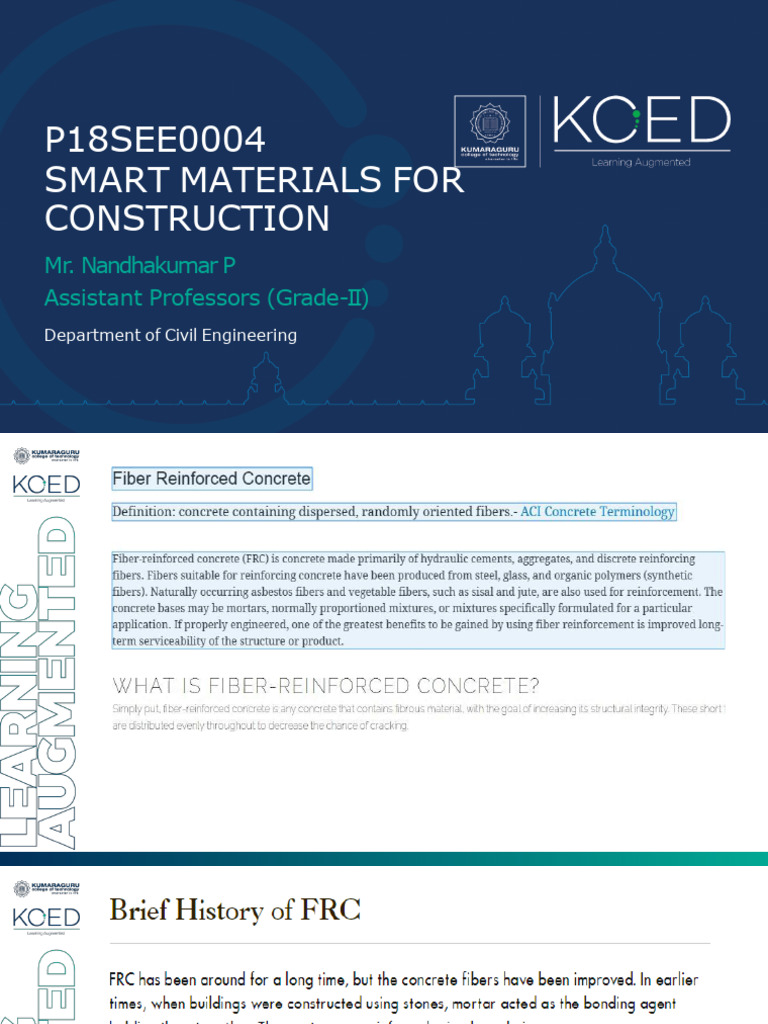In the world of robotics and engineering, the acronym “FRC” seems to echo with both excitement and curiosity. What exactly is FRC, and why does it captivate the hearts and minds of students and mentors alike? The First Robotics Competition (FRC) serves as a crucible for innovation, fostering not only technical skills but also life skills that transcend the boundaries of the classroom. So, how does one immerse themselves in this multidisciplinary arena while facing a myriad of challenges that it presents?
To embark on this journey, one must first understand the essence of FRC. The program, run by the non-profit organization FIRST (For Inspiration and Recognition of Science and Technology), invites teams of students from various backgrounds to design and build robots that can compete in a game. Each year, a new game is unveiled, littered with complexities and strategic nuances that demand not only engineering acumen but also teamwork and collaboration.
Now, imagine being part of a dynamic team, where you exchange ideas and tackle obstacles head-on. Does this sound invigorating? Yet, the question remains: how can budding engineers, with varying levels of expertise, navigate the demanding landscape of FRC? Through this competition, participants are challenged to push the limits of their understanding, all while balancing artistic ingenuity with scientific rigor. The intersection of creativity and engineering is one of the defining characteristics of FRC.
At its core, FRC encapsulates the art of robotics with a focus on problem-solving. The competition offers a platform for students to engage in hands-on learning, merging theoretical knowledge with practical application. Envision the excitement as teams receive a kit of parts: wheels, motors, sensors, and control systems. The entire process diverges into myriad paths—each decision impacts the final product, serving as a microcosm for real-world engineering challenges.
The challenge begins with game design. Teams must meticulously analyze the rules and objectives laid out in the annual game manual. The excitement of the competition is palpable, as strategic elements are interwoven into each challenge. For instance, will your robot excel in scoring points through accurate throws, or will it contain advanced mechanisms to manipulate game pieces? Each year’s theme introduces new levels of complexity, enticing teams to think outside the box and innovate boldly.
As teams grapple with these aspects, the importance of collaboration comes to the forefront. An FRC team typically comprises members from different disciplines—mechanical engineering, software development, electrical engineering, and more. Each member brings unique insights, fostering a vibrant exchange of ideas. How can students harness each other’s strengths to forge a cohesive unit that meets the high expectations of FRC? Herein lies the challenge of teamwork.
Time management becomes another critical component of success in FRC. With the clock ticking down to the competition, teams must prioritize tasks, ensuring they stay on target with their build schedule. Consider the multitude of factors at play: prototyping designs, coding software, conducting tests, and addressing unforeseen issues. This race against time simulates the real-world pressures that engineers face, preparing participants for future careers in this fast-paced industry.
The built robot itself presents an intriguing intersection of design and functionality. Choosing the correct materials and technologies can be daunting. Teams must make difficult choices—should they exploit the latest innovations in robotics, or rely on tried-and-true methods that have proven effective in past competitions? This forces a dialogue about risk versus reward, pushing teams to boldly embrace innovation while grounded in practicality.
Moreover, FRC places significant emphasis on outreach and community engagement. Teams are encouraged not only to compete but to inspire others. This nurtures a sense of responsibility, urging participants to become advocates for STEM education in their communities. How can one ignite a passion for engineering among their peers and younger students? This inquiry prompts participants to reach beyond their own team, reinforcing the wider mission of FIRST.
The culmination of an FRC season is the competition itself—a whirlwind of excitement, creativity, and ingenuity. As robots roll into arenas, the air is thick with anticipation. Spectators witness the manifestation of months of hard work and collaboration. Observers are captivated by the dynamic interplay of teamwork as strategies unfold in real-time. Can your team adapt quickly to shifting circumstances during a match? Such adaptability is an invaluable lesson, showcasing the importance of resilience in the face of challenges.
The impact of participating in FRC extends beyond the final event. Alumni often recount their experiences with gratitude, acknowledging how the competition shaped their academic and career trajectories. Many participants discover a newfound passion for STEM as a direct result of their exposure to hands-on projects and collaborative challenges. Will your journey in FRC ignite a lifelong pursuit of knowledge in these fields?
In summary, FRC is not merely a competition; it is an enriching experience that embodies the spirit of exploration and creativity. Through the amalgamation of engineering, teamwork, and community, the First Robotics Competition equips young minds with the necessary tools to thrive in an ever-evolving world. As you contemplate the playful challenges it presents, remember that at the heart of FRC lies the ultimate quest for knowledge and innovation, beckoning passionate individuals to venture forth into uncharted territories.
